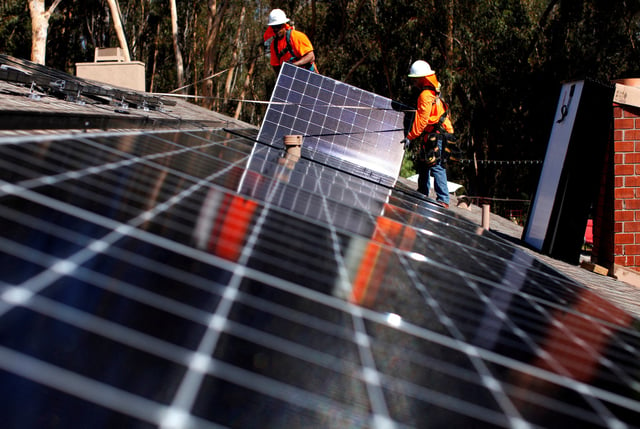Overview
- The U.S. solar industry installed 10.8 gigawatts of capacity in Q1 2025, marking a 7% decrease year-over-year and accounting for 69% of new electricity generation.
- Residential solar deployments fell 13% to 1.1 GW as rising interest rates, import tariffs and less supportive state policies weighed on demand.
- Utility-scale solar added 9 GW in the quarter with Texas, Florida, Ohio, Indiana and California responsible for 65% of new capacity.
- SEIA and Wood Mackenzie project annual capacity additions will drop from 48.6 GW in 2025 to 43.5 GW by 2030, a decline of more than 10%.
- A House-passed budget bill proposing cuts to Inflation Reduction Act tax credits could undermine future solar investments and drive up electricity costs, industry leaders warn.
